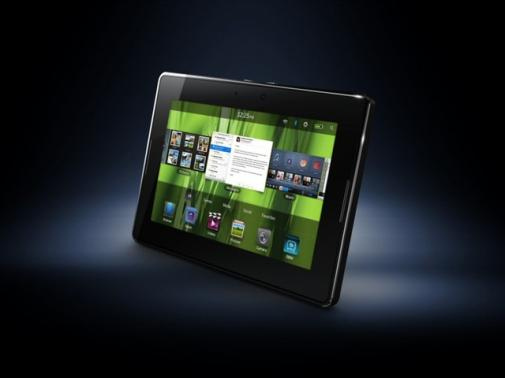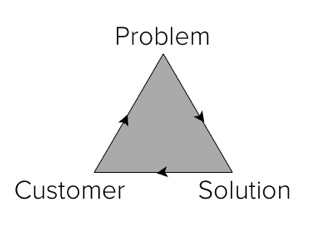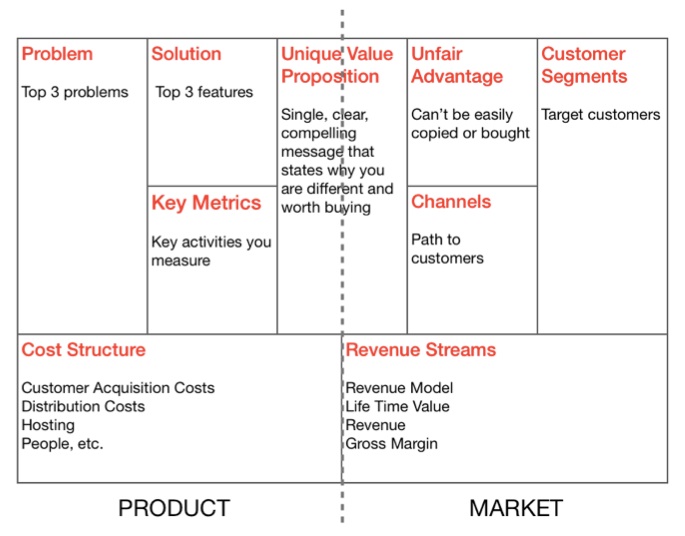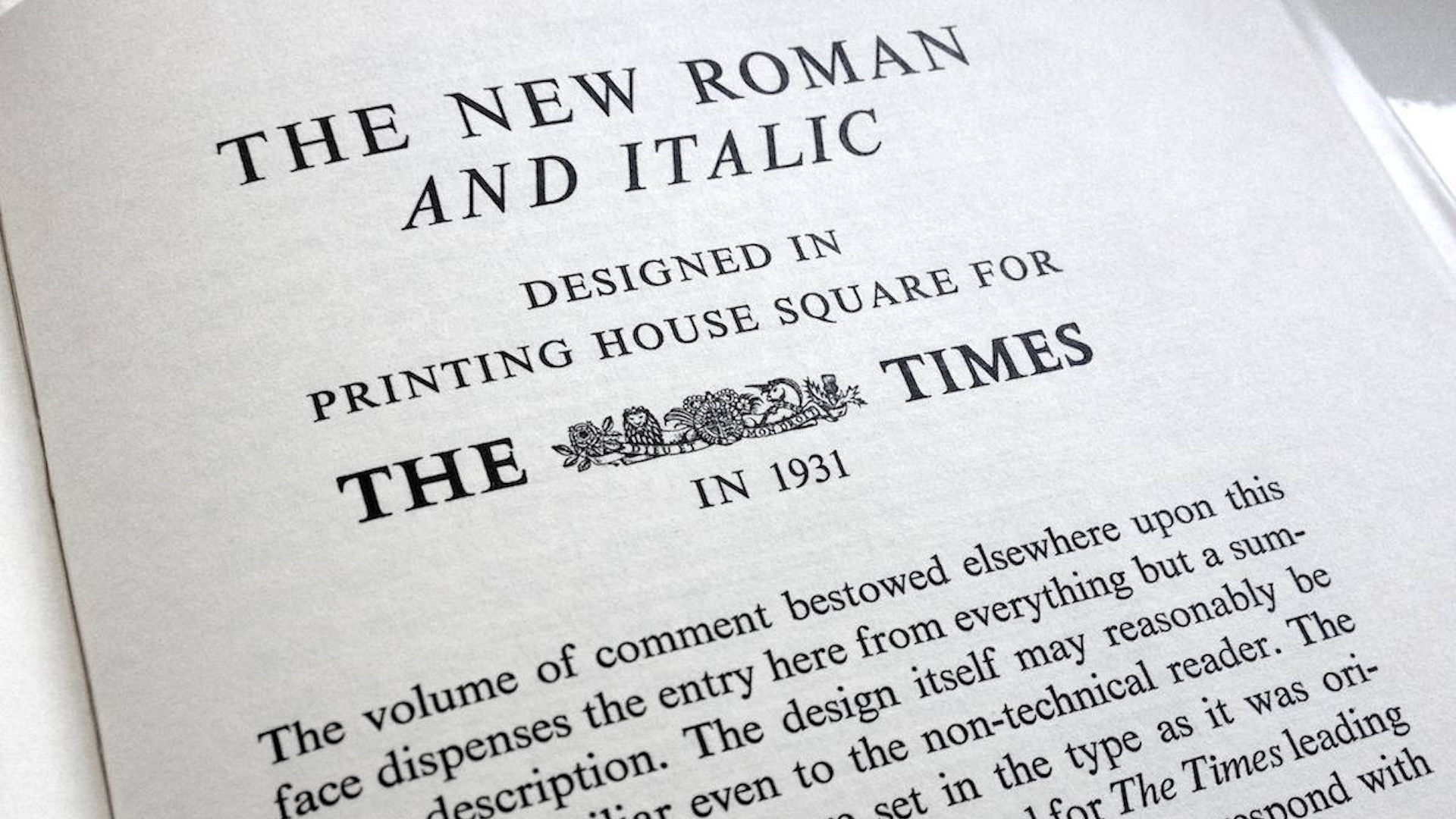UX design for startups: the age of user experience design
In the first of a series of articles, UXPin CEO and seasoned UX designer Marcin Treder guides you through the fundamentals of user experience design
Like many of my contemporary UX Design peers, I started my career as a so-called usability specialist. Fascinated by ergonomics and cognitive science, I was working to make sure users were able to actually use interfaces. Armed with user research, heuristics and a little bit of prototyping, I was trying to find my place in the 'developer-oriented' world. This wasn’t easy.
For dev teams, an interface was considered to be an addition to great technology, and usability was even less important than that – a kind of nice-to-have option.
It was a time when binary logic ruled. Actually having a product that worked was important in contrast to not having a product at all. Delivering anything functional was seen as a success. Whether users could easily use it was often outside the picture.
Business people didn’t get it either. The term 'usability' was on everyone’s lips thanks to the work of Jakob Nielsen and Steve Krug (their popularity was skyrocketing!), but executives believed it was more important to have a product with tons of advanced features, rather than something highly usable but technically limited.
No wonder my 'usability specialist' position was a struggle. But the real suffering was felt among users – this is how it was at the dawn of the age of technology.

You might have witnessed its rise. The time when engineers started to really rule the world. The Woz (Apple), Bill Gates (Microsoft) and Bill Joy (Sun Microsystems), were among the first stars of that age.
Internet startups that survived the dotcom bubble of 2000 were run by tech bright minds. Think of Google’s Larry Page and Sergey Brin, eBay’s Pierre Morad Omidyar, Max Levchin and Luke Nosek of PayPal, David Filo from Yahoo – these guys know how to code. And in even more contemporary times developers struck again: Jack Dorsey (Twitter) and Mark Zuckerberg (Facebook) shaped the social media with their tech expertise.
Daily design news, reviews, how-tos and more, as picked by the editors.
But then, suddenly, the age of technology ended. Fierce competition among similar (at least when it comes to technology) products forced executives to look for more vivid differentiation. Technology became easier and cheaper than ever. The world started to look for a new idol. Luckily for all of us this can be found in user experience design.
To make an app that can be launched has never been so easy. To succeed in a highly competitive market full of consumers with cognitive overload and an extremely short attention span ... that’s another story. I shifted from usability to the much larger concept of UX design a couple of years before the revolution, inspired by the work of Don Norman (father of the term 'user experience design', psychologist and former VP of Apple). I understood that great products create a great end-to-end experience: they shouldn’t be just usable, but seductive, pleasurable and inspiring.
Working as a UX designer, UX manager and finally creating UXPin – a set of tools for UX designers – I soaked up the design industry. Even so, the revolution came to me as a surprise.
When, together with my team-mate, we visited Silicon Valley to discuss UXPin’s strategy with our clients, investors and great UX designers, I was surprised to hear, “This is the decade of user experience design” from one prominent business angel.
“Design and marketing aren't just as important as engineering: they are way more important.” says Dave McClure, founder of 500 Startups – one of the most important startup incubators in the world, and he’s got a point. The world has changed and products now succeed if they provide stunning UX.
YouTube, Airbnb, Flipboard, Square, Pinterest, Etsy, Path, AboutMe, Slideshare – all these well designed, successful products were co-founded by designers.
Just think how Samsung and Apple fiercely fight over design patents. They want to conquer customers’ emotions with unique designs. Remind yourself of Microsoft, who surprised the design world with a coherent, beautiful system across devices – Windows 8. Google, the former engineers' kingdom, redesigned all its significant products and employs UX designers all over the world. And of course Apple, the most valuable company in the world, built its success on well-crafted designs. These are all signs of a change of paradigm.
An incident that emphasised the growing importance of UX design was O2 UK's rejection of the sale of the Blackberry Playbook, because of “issues with end-to-end customer experience”. Take care of user experience design, or you’ll kill your product before any user touches it.

What is user experience design?
User experience design is not a niche anymore. It’s easier to find an internet company without the SEO guy than without a UX designer on board. According to LinkedIn there are more than 800,000 people somehow connected to UX design and almost 2,000 open job positions as of September, 2012. There are conferences for thousands of people, great books, magazines, webinars, courses ... but still, I doubt if the understanding of UX design is very common nor well-spread.
This is what usually happens to words that become hype. Everyone talks about a term, believing it’s self-explanatory, and in no time it loses its meaning.
I assume you’re an entrepreneur. Most probably you’re super busy making your dreams come true. You want to get the job done. You want results. Let’s focus then on clearing the air around the definition of user experience design. It’s really important that you understand the nature of UX Design, which unfortunately gets easily confused with visual design, usability, wireframing and a bunch of other stuff.
User experience design (abbreviation UX, UXD) – A discipline focused on designing the end-to-end experience of a certain product. To design an experience means to plan and act upon a certain set of actions, which should result in a planned change in the behaviour of a target group (when interacting with a product).
A UX designer’s work should always be derived from people’s problems and aim at finding a pleasurable, seductive, inspiring solution. The results of that work should always be measurable through metrics describing user behaviour. UX designers use knowledge and methods that originate from psychology, anthropology, sociology, computer science, graphic design, industrial design and cognitive science.
When you’re designing an experience, you are in fact planning a change in the behaviour of your target group. You’ve found out their problem and you’re trying to destroy the burden using design methods.
User experience lies at the crossroads of art and science and requires both extremely acute analytical thinking and creativity.
Let’s consider an example: we’re about to create a door handle. As a usability specialist your task will be to make sure that the person faced with the need to open doors will be able to perform the task using your newly designed door handle. You conduct a series of user tests and iterate on the best solution. As a UX designer you’re not only interested in a usable door handle. You want to create something that will encourage people to open doors and will provide a unique experience. You want people to open doors twice as enthusiastically as before. Again, you’ll iterate on the best solution, but the approach will be broader and the measured result should focus on the user’s behaviour.
User experience design at its heart is an optimisation: an iteratively improved solution to a general problem. UX is the air successful startups breathe.
Users as the centre of UX design
If the heart of UX design is the concept of constant iterative optimisation, then the problem is the blood that the heart is pumping. The problem of your future users. Spot it, define it, feel the pain it causes and eliminate it. That’s the highway to great user experience.
To stay on the right track you’ll need a lot of empathy and analytical skills, because the tricky thing with problems is that we sometimes have difficulty defining them – even if they trouble us.
When travelling by train on a hot day, I’m never sure if I’m irritated by the heat, the crowd, or – as I usually grumble – by the fact that I need in fact to travel to work via train. Give me an office closer to home and I’ll find another reason to complain on hot days. Eliminate the heat in the train and I might even enjoy the ride to work.
The key to success is to actually get to know your clients. Arm yourself with empathy and talk to them. Get out of the building and face the problems that might be the foundation of your business.
When we started working on the UXPin app we crossed the ocean from Poland to California to talk to our customers and check what troubles them the most. Several in-depth interviews later, we had completely new ideas about what product we should create.
There’s nothing more refreshing and more crucial to your business than having an actual conversation with your customers. UX design is human-centric: it doesn’t exist without interaction between people.
C-P-S hypothesis
If you’ve reached your target group and interviewed its members looking for a serious problem, it’s about time to define the basis of your product in a triangle:

Before the launch of a product and thorough measurement of user behaviour, everything is a hypothesis.
The C-P-S hypothesis is a basic description of any product. It reaches the core of any successful endeavour in a neat, minimalist way. Define who exactly your customer is, what problem they have and what the solution is that you offer. Do it in one sentence. For example:
"For people who are trying to design products with great user experience and are having problems with documenting their ideas quickly and clearly and sharing them with their teams, UXPin provides an online, fully collaborative app that helps them to go through the UX Design process together with their teammates."
As you can see, I described UXPin’s target group as anyone who is trying to design products with great UX. I also defined the problem that was observed during research on a target group and I briefly described the solution.
Simple as that – my product is specified. The C-P-S hypothesis forms the backbone of the whole product. It not only helps me and my team focus on what’s really important, but also gets us ready for an optional pivot.
Each part of the C-P-S hypothesis is questionable on its own. I might wrongly describe the target group. I could misunderstand a problem. Or I could create a product that doesn’t address the problem. Any of these mistakes gets your business into trouble.
No worries though! If your product doesn’t fly you can always come back to the initial C-P-S and re-form it to test new assumptions.
A great UX experience can only be achieved iteratively, and the C-P-S hypothesis is a powerful tool that helps you draw a meaningful conclusion from each phase.
Lean canvas as a design tool
Alex Osterwalder, in his great book Business Model Generation shows and explains an amazing method of describing any business idea: the Business Model Canvas (BMC). This eight-field table can do what an extended business plan struggles to achieve: it can explain your business. It revolves around the Unique Value Proposition (a single, clear sentence describing the way you’re different from your competitors and why you’re worth buying) and the canvas depicts your idea, key partners and resources, and your model of revenue. This is the single most productive page you’ll ever come across in your business endeavours.
No wonder clarity of information and ease of use made Osterwalder a killing. The Business Model Canvas is extremely popular and it’s not a rarity nowadays to be asked by a VC to prepare a BMC.
But how is it all connected to user experience design?
As you already know, designing UX means taking care of the whole product. The end-to-end experience is what you’re aiming at. A BMC enables you to grasp the whole product in one place and understand at a glance both the business and users’ side. This is absolutely crucial.
Always remember that in any commercial project UX design cannot be separated from the business model of a product. Designing UX without any knowledge about the business side of the product is a futile and stupid thing to do. A product that doesn’t bring home the bacon will soon cease to exist and the whole effort will be a huge waste of time.
If you look closely, you’ll find a Business Model Canvas template in the UXPin app. We made it part of our process and our users often use a BMC as a basic description of just about any project.
A variation on a BMC, even more focused on a product and its users, is a Lean Canvas, created by Ash Maurya:

It's divided into two parts: Product and Market, and it clearly shows exactly what your product is and who will benefit from its use. A Lean Canvas should be developed iteratively (just like your product) so get used to updating it whenever you have a new hypothesis.
Both a Business Model Canvas and a Lean Canvas should be used as a collaborative tool. Encourage your team to discuss canvases and question all assumptions. Great UX design stands upon efficient collaboration.
The road to success
In the age of user experience design your startup needs to focus on users’ problems rather than on technology only. Iteratively test the C-P-S hypothesis and fill in a Business Model and Lean Canvas together with your team. That’s the start of the road to success.
Competition is fierce and only those who are able to provide a stunning end-to-end experience will survive.
And now – as a bit of practice – share your C-P-S hypothesis with us in the comments.

The Creative Bloq team is made up of a group of art and design enthusiasts, and has changed and evolved since Creative Bloq began back in 2012. The current website team consists of eight full-time members of staff: Editor Georgia Coggan, Deputy Editor Rosie Hilder, Ecommerce Editor Beren Neale, Senior News Editor Daniel Piper, Editor, Digital Art and 3D Ian Dean, Tech Reviews Editor Erlingur Einarsson, Ecommerce Writer Beth Nicholls and Staff Writer Natalie Fear, as well as a roster of freelancers from around the world. The ImagineFX magazine team also pitch in, ensuring that content from leading digital art publication ImagineFX is represented on Creative Bloq.
